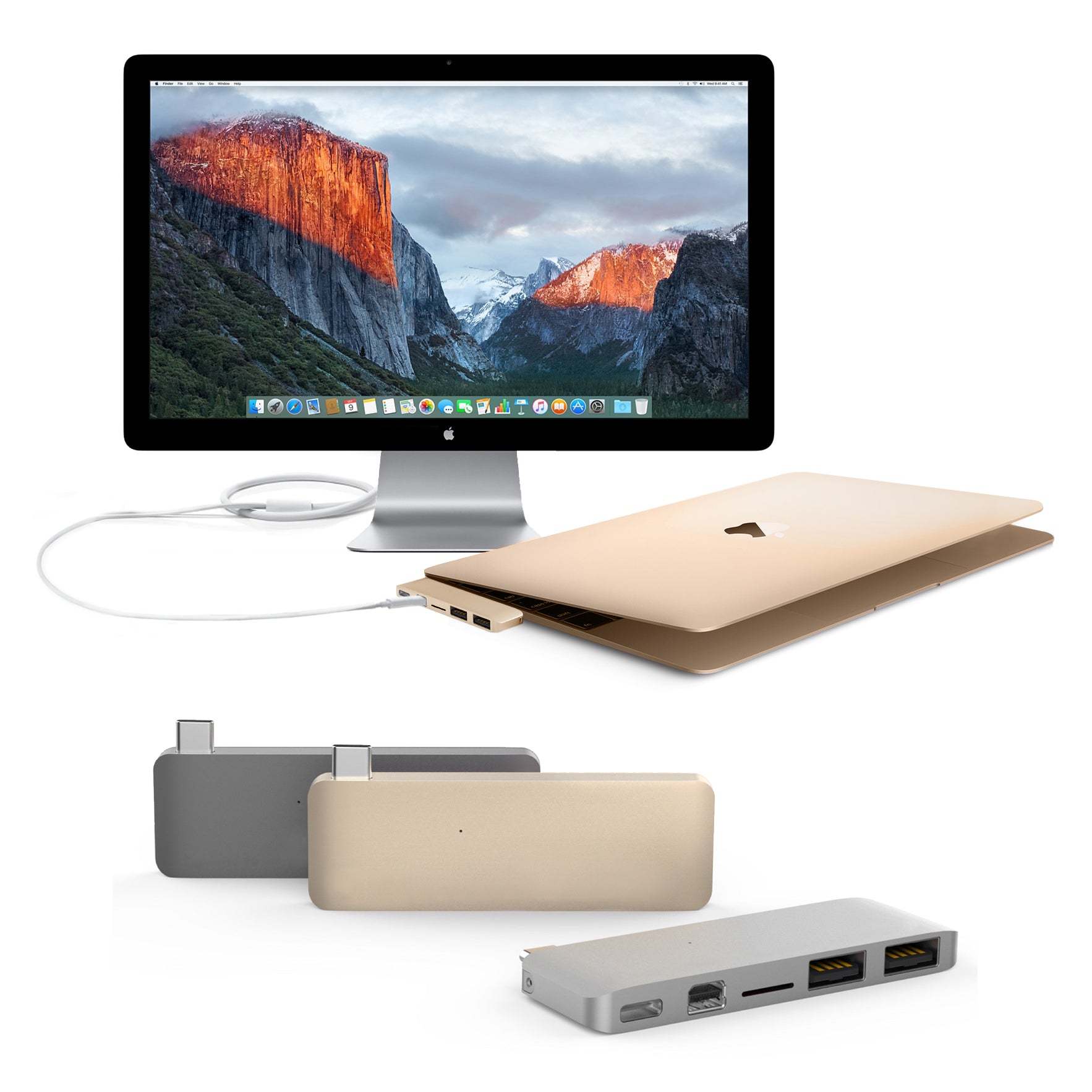
- #WINDOWS 10 APPLE CINEMA DISPLAY 24 PRO#
- #WINDOWS 10 APPLE CINEMA DISPLAY 24 SERIES#
- #WINDOWS 10 APPLE CINEMA DISPLAY 24 MAC#
Instead, you need one of the adapters or docks I reviewed earlier this year.
#WINDOWS 10 APPLE CINEMA DISPLAY 24 MAC#
Plugging a Mini-DisplayPort monitor’s jack into a Thunderbolt 2 port on a Mac or at the end of a chain of Thunderbolt 2 devices was supported through clever backwards compatibility that fails with Thunderbolt 3, including a Thunderbolt 2 to 3 adapter. (Ironically, Apple’s Lightning standard doesn’t use a lightning bolt.) Thunderbolt 2 jacks and ports have a lightning bolt. The Mini-DisplayPort logo that appears on a cable jack and an adapter port looks like a monitor holding its hands up in surrender (a rectangle with a vertical line on either side). The Mini-DisplayPort connector is identical to a Thunderbolt 2 in appearance, except for a tiny logo.
#WINDOWS 10 APPLE CINEMA DISPLAY 24 SERIES#
The LED Cinema Display series relies on DisplayPort for both the physical connection and the logical one-the way in which video is encoded as data and sent across the physical wiring. AppleĭisplayPort connector symbol (left) Thunderbolt 2 (right)

We’ve written about this before but it’s truly non-obvious, even when you’re paying close attention. Ross is using an Apple Thunderbolt 2 to 3 adapter, but the trouble is the Apple LED Cinema Display models don’t use Thunderbolt 2.
#WINDOWS 10 APPLE CINEMA DISPLAY 24 PRO#
I recently purchased a MacBook Pro and have an Apple LED Cinema Display, and am perplexed that I can’t get the display to work.

Some apps and games might need specific resolutions to be used, for example.Ross Mclauchlan writes in with a display problem: If you need to know precisely which resolution you are using, the scaled options won’t cut it. Why Selecting a Resolution Might be Important But they’re vague, and there’s a way to select a more precise resolution. Some scaling options are made available by default, and they get the job done. It also gives you the flexibility of using a display’s native resolution at all times. That allows a larger display resolution to be used without shrinking on-screen items to the point of being difficult to see. Scaling works by taking something that would typically use a single pixel and making it use multiples of two instead. Everything looks great because of the high resolution, but because it’s scaled, you can still read it. You would expect everything to be tiny at that resolution, but because macOS scales everything up, it’s not.

And it’s also where scaling comes into effect.Īn excellent example of how Retina displays change the way we think of resolutions is the 5K 27-inch iMac with a resolution of 5120 x 2880. Apple defines a Retina display as one whose pixel density is so high that your eyes can’t see individual pixels when you’re sitting at a reasonable viewing distance.įor you, that means a tack sharp image. The direct link between how many pixels a display has and how much space is available on-screen is broken by Apple’s use of Retina displays. Larger displays usually also have higher resolutions than smaller ones, especially if they are of good quality. Because of the larger resolution, however, that also means all on-screen elements are smaller, which is something else to consider.

Those things could be windows, icons, photos, or text in a document. Higher resolutions mean that more things can be shown on-screen. How much information you can see on-screen at any given time is governed by its resolution. A 4K display has a resolution of 3840 x 2160 pixels, or 3840 pixels horizontally, and 2160 pixels vertically. A display’s resolution is the number of pixels available both horizontally and vertically.


 0 kommentar(er)
0 kommentar(er)
